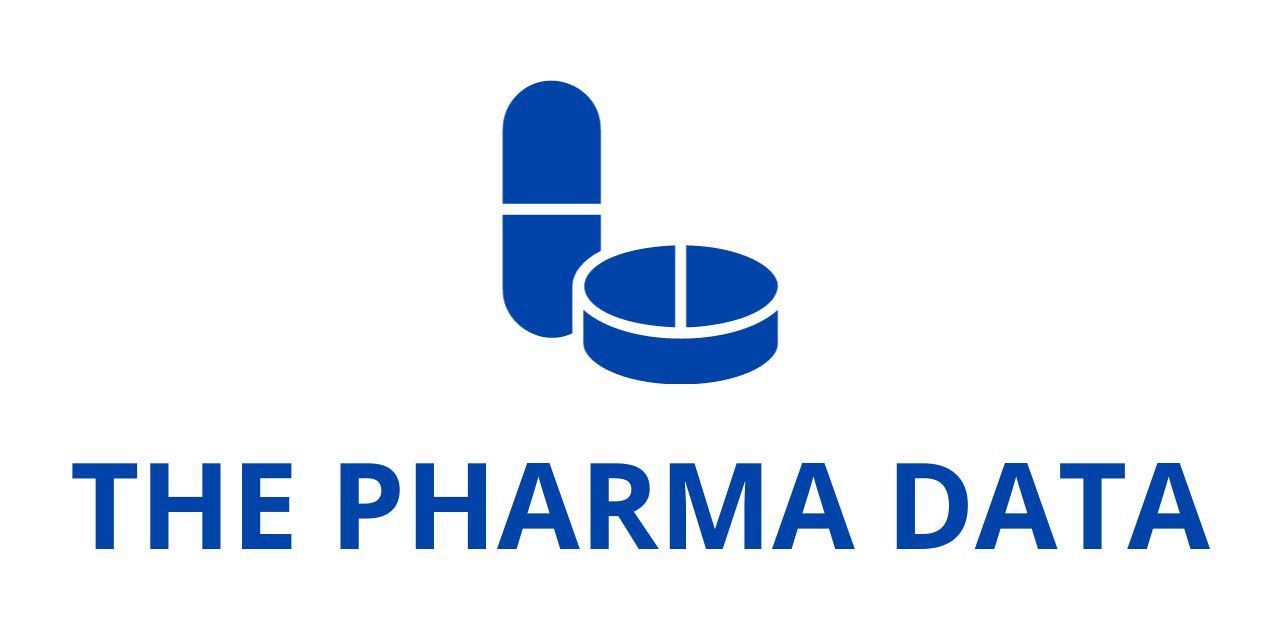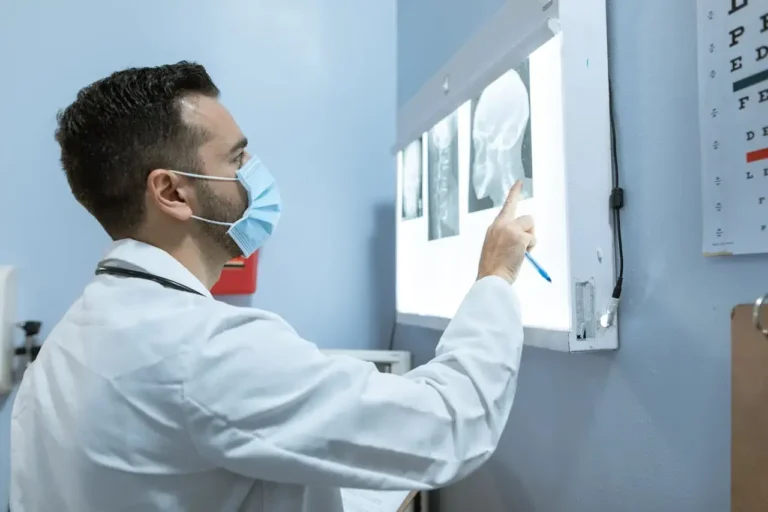
Ethris and Lonza Partner to Advance Spray-Dried mRNA Vaccines Targeting Respiratory Illnesses
In a major step toward transforming the landscape of vaccine development and delivery, Ethris, a clinical-stage biotechnology company leading innovation in RNA therapeutics and vaccines, has announced a strategic collaboration with Lonza, one of the world’s premier contract development and manufacturing organizations (CDMOs). This partnership will focus on the co-development of next-generation room-temperature stable, spray-dried mRNA-based vaccine formulations aimed at mucosal delivery, offering a potentially revolutionary approach in the prevention of respiratory illnesses.
This collaboration brings together Ethris’ proprietary RNA technology platforms and Lonza’s advanced manufacturing capabilities, particularly in particle engineering and spray-drying technologies, to develop needle-free mRNA vaccines that can be delivered via the nasal route. The initial target: a first-in-class nasal mRNA vaccine against influenza.
Addressing the Cold Chain Challenge: The Push for Room-Temperature Stability
One of the major limitations of the current generation of mRNA vaccines—such as those developed for COVID-19—is their reliance on ultra-cold storage conditions, often requiring freezers capable of maintaining temperatures as low as -70°C. These cold chain requirements have posed significant logistical hurdles, particularly in low- and middle-income countries (LMICs) where infrastructure for such stringent storage and transportation is often lacking.
By contrast, the mRNA formulations being developed under this collaboration are designed to be stable at room temperature, which would eliminate many of the barriers that currently hamper equitable global vaccine distribution. This stability is expected to reduce reliance on costly refrigeration equipment, simplify supply chain logistics, and ultimately lower the overall cost of vaccine deployment.
This innovation is especially significant in the context of pandemics and emerging infectious diseases, where rapid, large-scale dissemination of vaccines can be the key to controlling outbreaks before they spiral out of control.
Spray-Drying Technology Meets mRNA: A Groundbreaking Combination
Central to this partnership is spray-drying technology, a well-established method used across the pharmaceutical industry for enhancing drug solubility, shelf-life, and bioavailability. However, its application to RNA-based products—especially in combination with lipid nanoparticle (LNP) delivery systems—is an emerging frontier.
Ethris will provide the core biological technology: its proprietary Stabilized Non-Immunogenic mRNA (SNIM® RNA) platform, which is designed to reduce unwanted immune responses while maintaining therapeutic efficacy. This SNIM® RNA will be formulated within Stabilized Nanostructured Lipid Particles (SNaP LNPs) to protect the mRNA and facilitate cellular delivery.
Lonza’s role in the collaboration will focus on the development, optimization, and manufacturing of spray-dried versions of these formulations at its Bend, Oregon site in the United States. The Bend facility specializes in particle engineering and pharmacokinetic modulation, enabling it to fine-tune the physical properties of the vaccine particles for optimal delivery to the respiratory tract.
This partnership leverages Lonza’s formulation development expertise, ensuring that the integrity and biological activity of the encapsulated mRNA are preserved throughout the drying process and subsequent storage at ambient temperatures.
Mucosal Immunity: The Next Frontier in Respiratory Vaccine Design

Traditional vaccines are typically administered via intramuscular injection, which induces systemic immunity but often lacks strong protective effects at the mucosal surfaces—such as the nasal and lung epithelium—where respiratory viruses first enter the body.
By delivering the vaccine directly to the respiratory mucosa, this nasal spray formulation is designed to stimulate local immune responses, including the production of secretory IgA antibodies and activation of tissue-resident memory T cells, both of which are crucial for preventing viral replication and transmission at the site of entry.
This needle-free approach also has the added benefit of improving patient compliance, especially among individuals Ethris with needle phobia, and facilitating mass vaccination campaigns without the need for trained healthcare personnel to administer injections.
Tackling Influenza First—with the Potential to Expand
The initial focus of the collaboration is the development of an intranasal mRNA vaccine candidate against influenza, a highly contagious respiratory virus that causes significant annual morbidity and mortality worldwide. Current flu vaccines, while effective, have limitations including variability in strain matching, production delays, and limited durability of protection.
An mRNA-based vaccine has the potential to accelerate development timelines—allowing for faster updates to match circulating strains—and improve immune response Ethris through targeted design. If successful, the nasal formulation Ethris could also play a role in reducing virus transmission, not just severity of disease, thanks to the mucosal immune response.
However, both companies view influenza as just the beginning. The platform technologies under development have the potential to be adapted for other respiratory pathogens, including RSV, SARS-CoV-2, and even emerging threats.
Global Health Impact and Future Outlook
This collaboration is also being advanced under the support of the Coalition for Epidemic Preparedness Innovations (CEPI), which aims to accelerate the development of vaccines for emerging infectious diseases and ensure equitable access around the world.
The convergence of stable mRNA technologies, needle-free delivery, and streamlined production processes could mark a paradigm shift in vaccine accessibility, especially for resource-limited settings. With respiratory viruses Ethris continuing to pose seasonal and pandemic threats, the ability to quickly deploy a stable, easy-to-administer vaccine could make all the difference in reducing global disease burden.
As the development progresses, the industry will be closely watching to see how the Ethris–Lonza partnership evolves—and whether it can set a new benchmark for non-invasive, scalable, next-generation vaccines.




